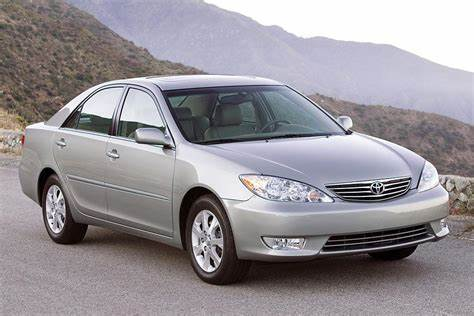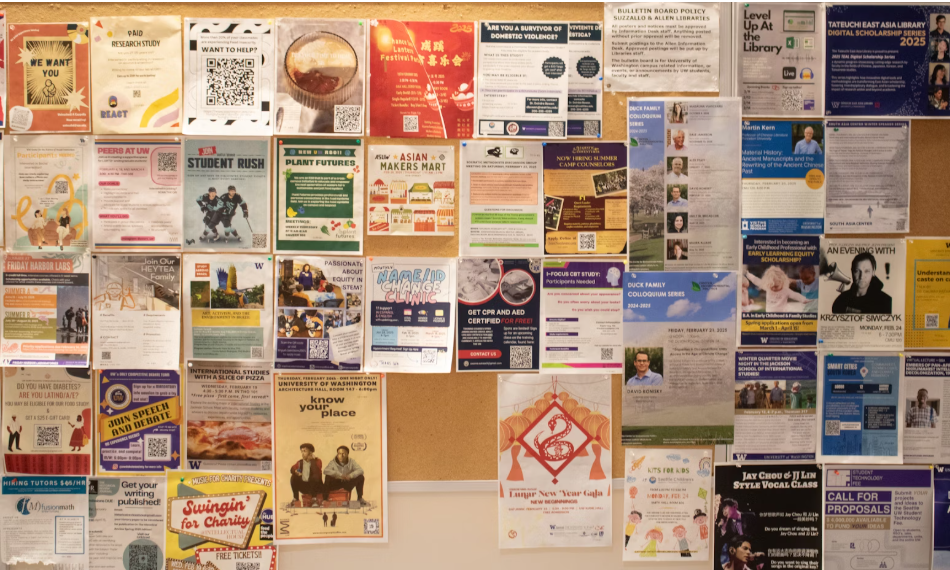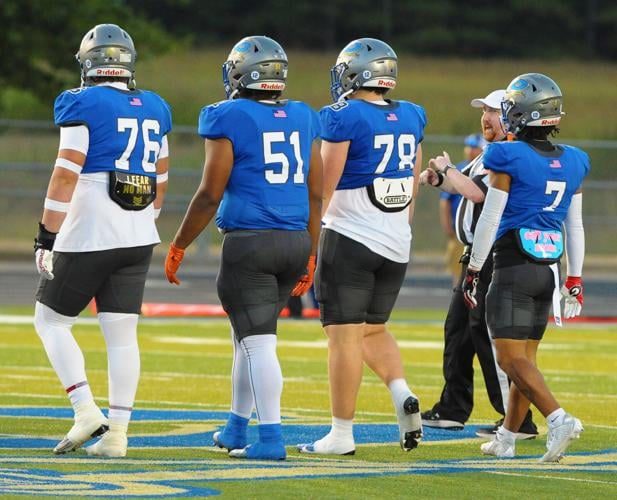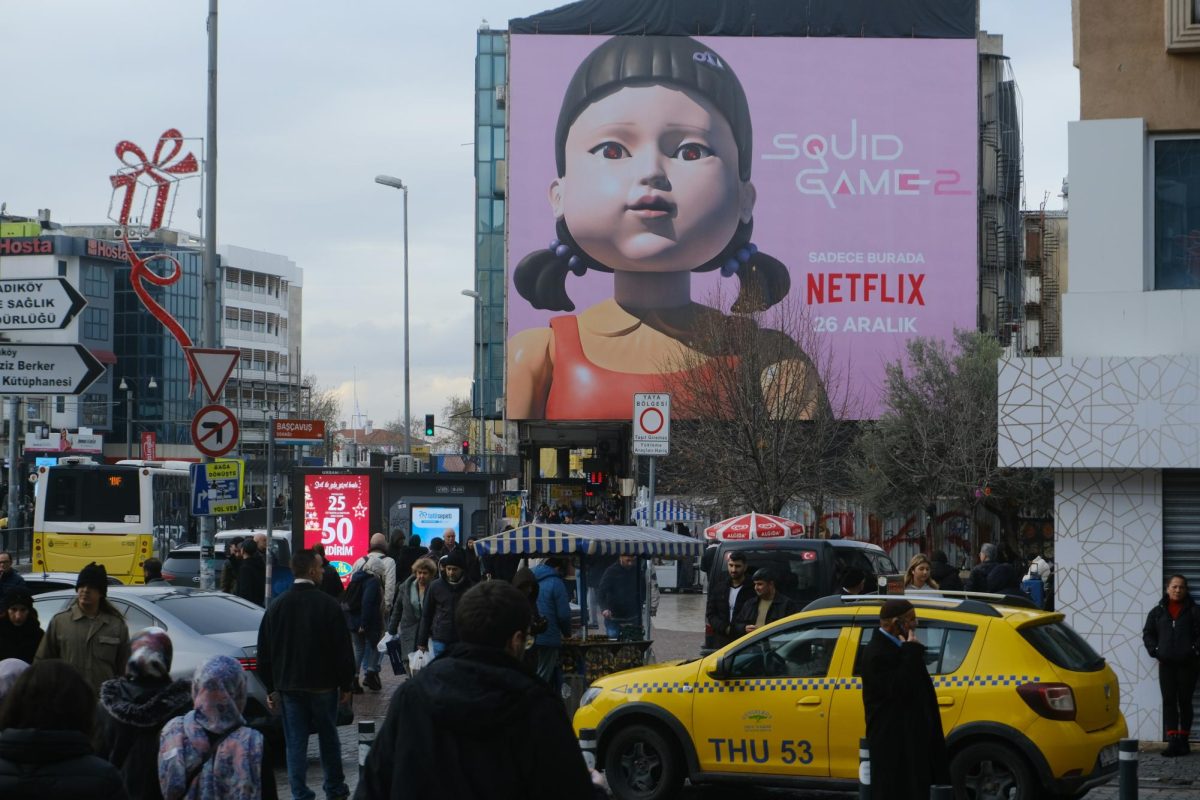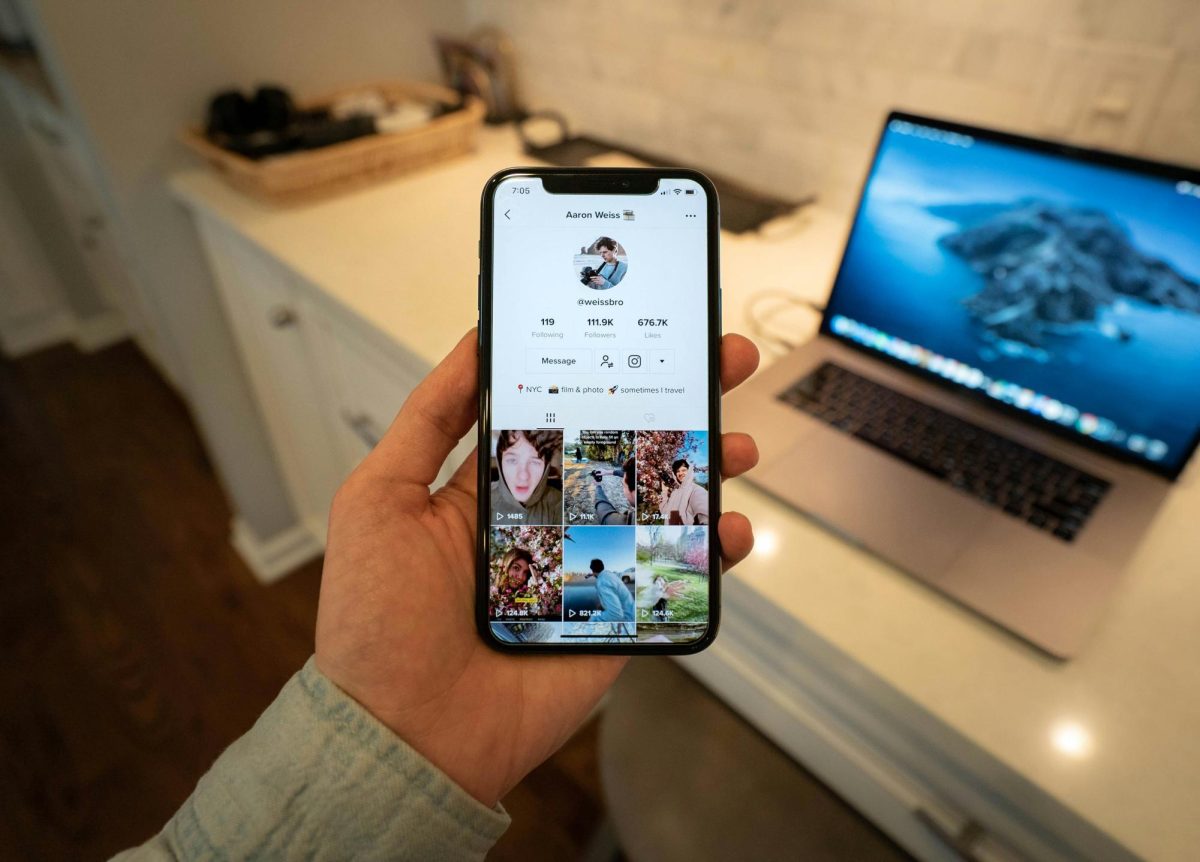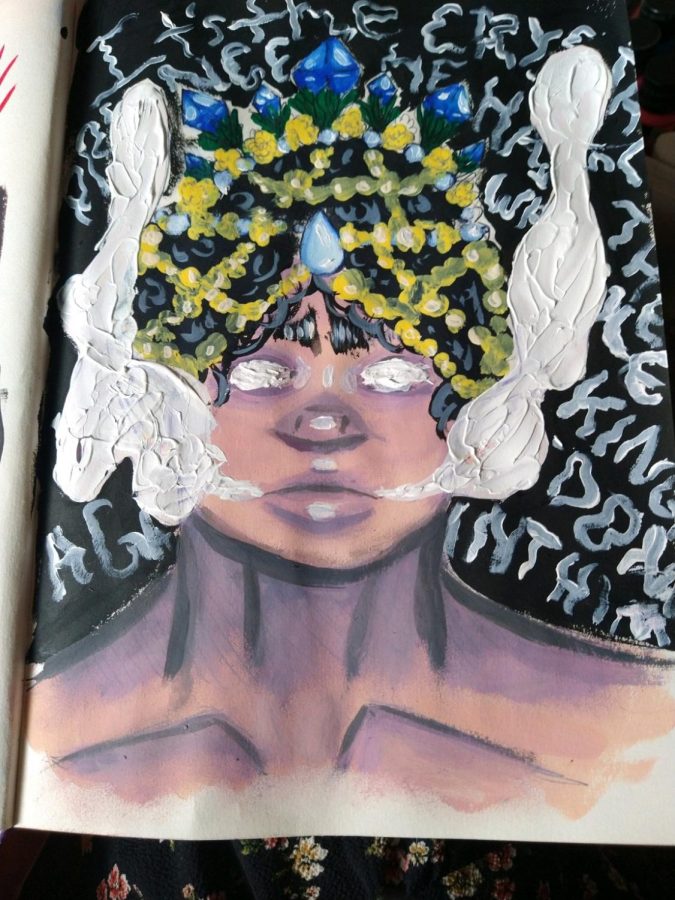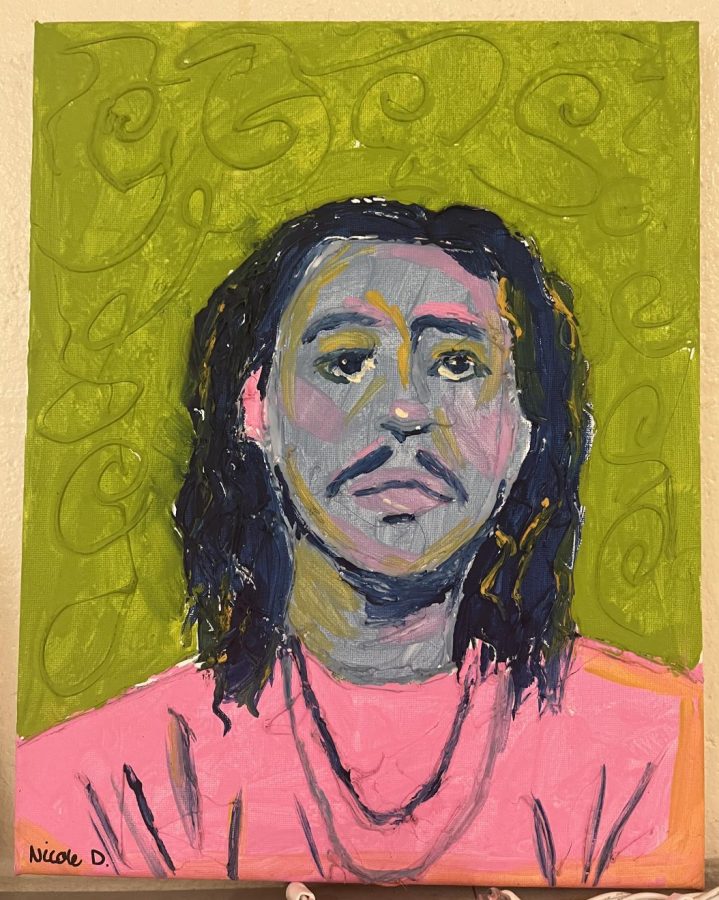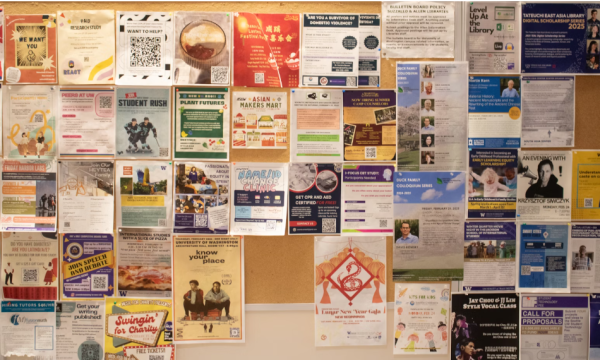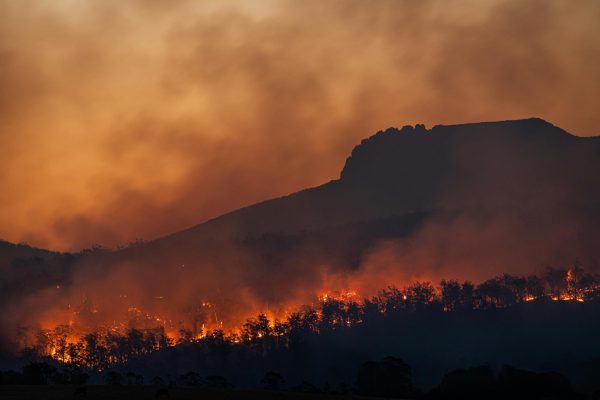Ebola is Back and Deadlier than Ever
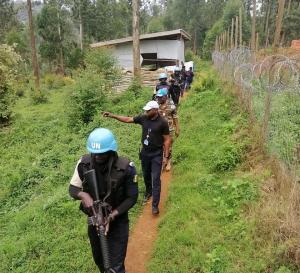
The Ebola virus has made a major comeback in recent months. This virus is caused by skin or bodily fluid contact. Beginning symptoms mimic the flu, but soon develop into nose and/or ear bleeds as well. It is known as a hemorrhagic fever because it ultimately causes blood clots, leading to uncontrollable internal and external bleeding.
According to the World Health Organization (WHO), “Fourteen new confirmed cases were reported from the 8th to the 14th of January in the ongoing Ebola virus disease (EVD) outbreak in the Democratic Republic of the Congo.”. Between Christmas day and January 14th there have been 40 new confirmed cases. There are still many who are unknowingly sick with the disease because there is a 5 day delay between catching Ebola and showing the symptoms or getting proper diagnosis.
This brings the current outbreak total to 3,409, with only 8% confirmed fatalities within the community, outside of treatment centers.
It has become difficult for volunteers and doctors to assist in treating patients or keep them contained in treatment centers due to ongoing violence in the area. There are efforts to have all treatment centers protected by guards at all times due to outsiders attempting to harm both the centers and workers in them. In many instances, the treatment centers are torched down, and workers are beaten.

According to Stat News, On April 19, Dr. Richard Mouzoko [funeral pictured to the left], an epidemiologist from Cameroon working for the World Health Organization, was murdered when gunmen burst into a meeting he was leading.”. Ryan, another worker and volunteer from the WHO said “Do we lack the operational capacity to stop Ebola? No. Do we lack the tools to stop Ebola? No. What we lack right now is the environment, the access, the enablement,”. Ryan continued to explain that these factors are what prevent Ebola from being cured.

